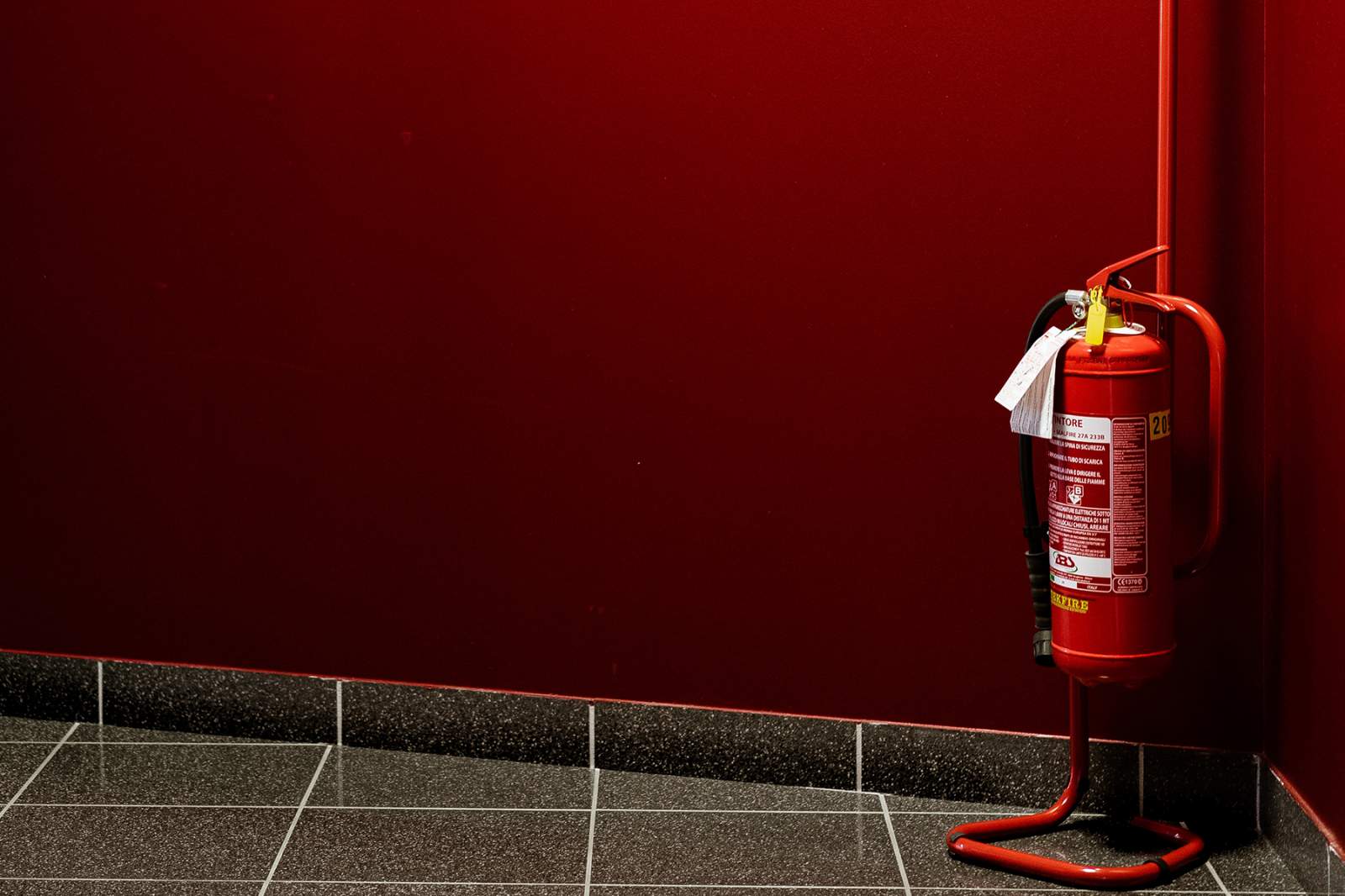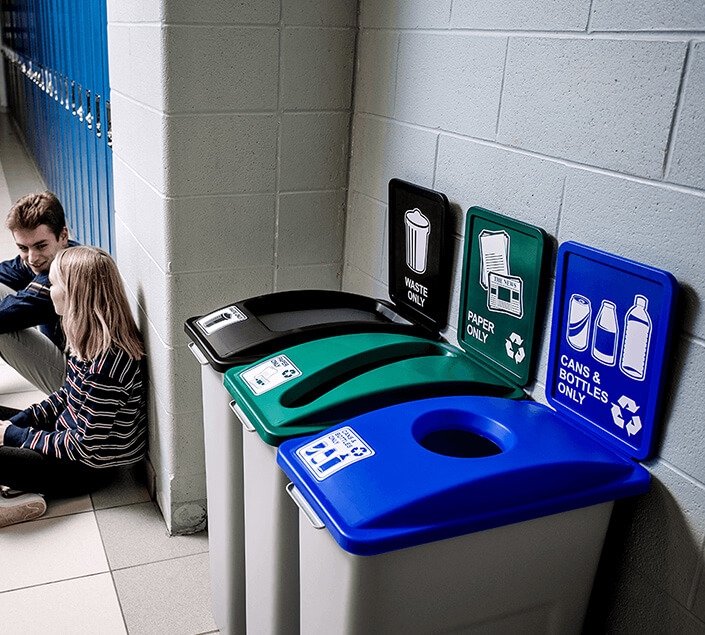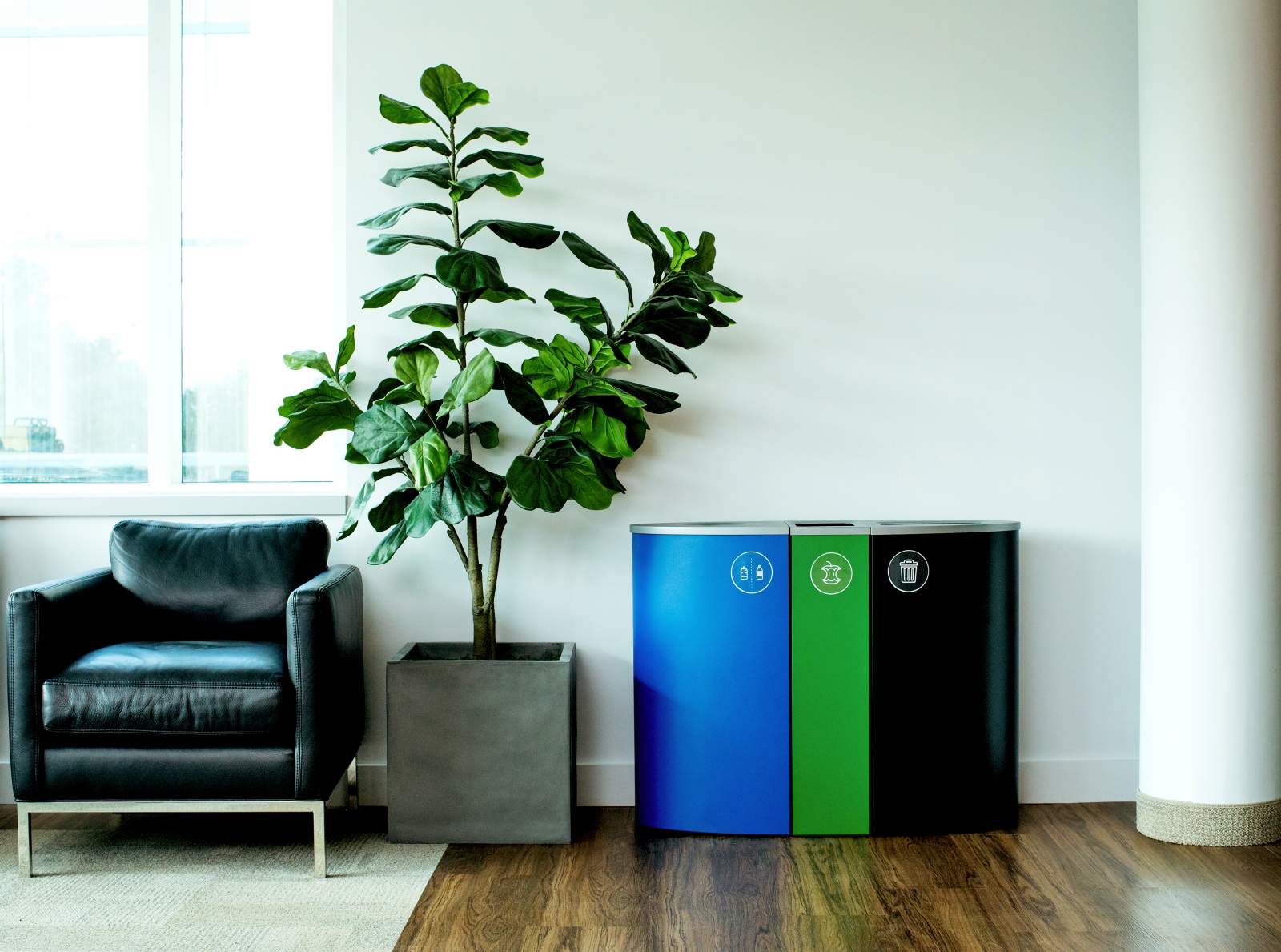Fire extinguishers are an essential part of any household’s fire safety plan and are responsible for saving thousands of lives each and every year. Portable extinguishers are able to put out small fires and contain larger fires until help arrives and ninety-four percent of the time when a portable fire extinguisher is used, it puts out the fire, typically within the initial few minutes.
These portable units are designed to last a long time, but, they do eventually expire and need to be replaced. It’s very important to note that portable household fire extinguishers cannot be discarded in curbside recycling bins. They are classified as hazardous waste and need to be disposed of properly as these pressurized containers can explode if they collide hard with another object.
There are many different types of fire extinguishers and each contain various different chemical compounds which make them very difficult to recycle . Many kinds of metal made fire extinguishers can be refilled or recharged. You can also identify companies that specialize in fire extinguisher disposal and recycling. It is crucial to ensure that these companies are registered and licensed waste carriers. When these extinguishers are taken away, they will be safely disposed of and recycled. This ensures that your buildings health and safety policies are met, and you are contributing to safeguarding the environment at the same time.
Most fire extinguishers are made of Bismuth alloys, that can then be recycled into raw materials. They also contain plastics and rubber elements that can also be recycled. Nitrogen and phosphorus can be components in the extinguishing material, that can be recycled into fertilizers.
Often times how a fire extinguisher is disposed of depends on whether the extinguisher is empty or not. To determine if there are contents in the extinguisher, look at the pressure gauge. This will tell you if the unit is overcharged, at the correct pressure, or if it needs to be recharged. If it is not at the proper pressure, it will need to be refilled or recycled. If there are still contents in the extinguisher, you can contact your Department of Public Works to find out when the next Household Hazardous Waste Event is being held, in order to properly dispose of the extinguisher and any remaining contents. If the extinguisher is empty, it can be recycled. Disconnect the head from the cylinder, and drop off at any site that accepts ferrous metals, such as steel.
Fire extinguishers also do their part to protect the environment. They have proven their ability to control fires at the very early stages of development and in doing so allow for minimal environmental impact, resulting in fewer carbon emissions being released. They also reduce the amount of water that would have been used to fight the fire and reduce the levels of persistent pollutants from the wastewater run-off.
Fire extinguishers are society’s silent heroes. The only time we really think of them is when we need them in an emergency, and the only time we hear about them is when they are unavailable. So make sure you check your extinguisher to ensure that it is still full and not expired, it could save your life one day.
Did you find this Page helpful?
















.png)


